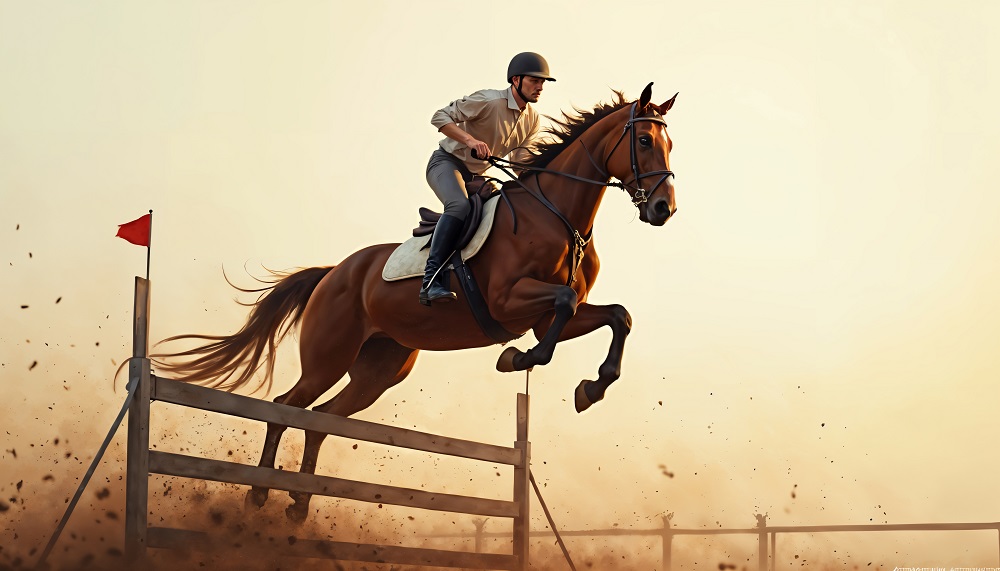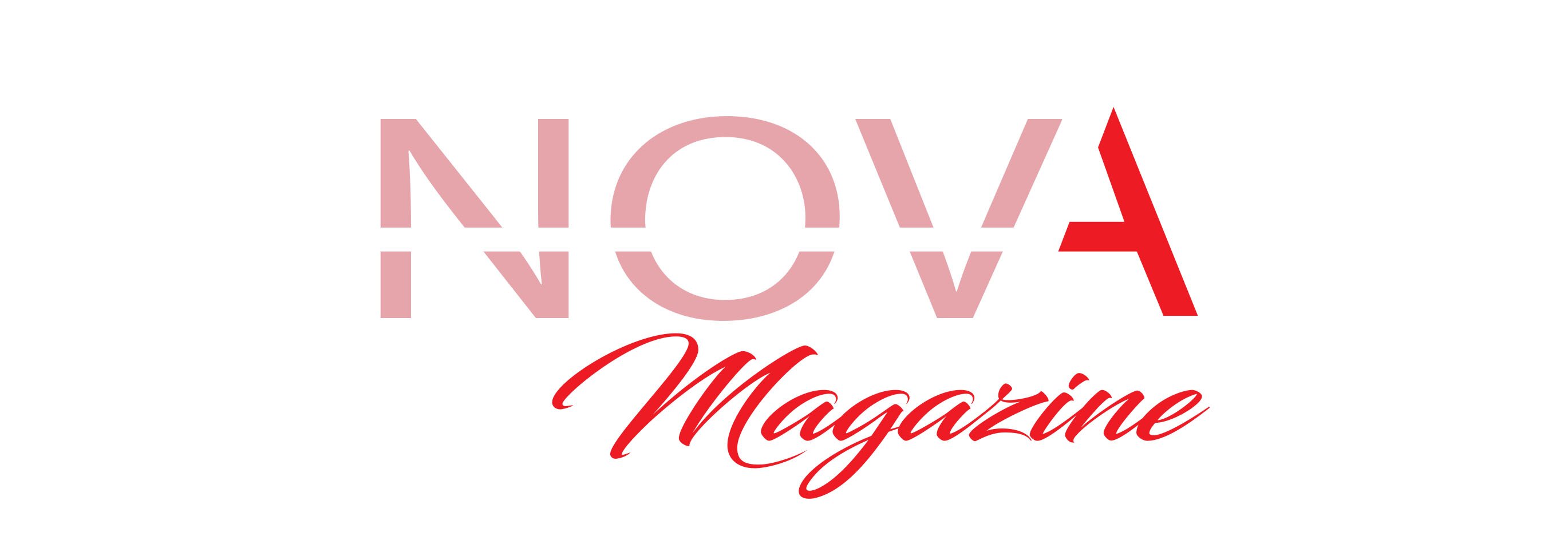
Horse jumping is a challenging yet rewarding sport, requiring precision, skill, and strong communication between the horse and rider. While it’s natural to face hurdles along the way, identifying and correcting common mistakes early on can make a world of difference in your horse’s performance. Here are some of the most frequent mistakes riders make in horse jumping and how to fix them.
1. Poor Approach to the Jump
A common mistake in horse jumping is not approaching the jump properly. Whether it’s coming in too fast, too slow, or at an awkward angle, a poor approach can throw off the entire jump. A horse needs a balanced, controlled approach to maintain rhythm and ensure a clean jump.
How to Fix It:
Focus on maintaining a steady, consistent pace as you approach the jump. Practice proper position and body alignment to keep your horse balanced and confident. Work with your trainer to perfect your approach, gradually increasing your speed and complexity as both you and your horse become more comfortable.
2. Inadequate Positioning Over the Jump
Many riders struggle with positioning over the jump. Leaning too far forward or staying too upright can unbalance both you and the horse, affecting the jump’s quality. A common issue is when the rider's center of gravity moves too far ahead, forcing the horse to adjust their jump.
How to Fix It:
Ensure your body remains in the correct position by keeping a slight forward lean with your upper body, but never too much. As professionals like Alec Lawler suggest—and as explained on his page—you should aim to follow your horse’s motion with a balanced and supportive seat. Keep your hands soft and steady, allowing the horse to use its head and neck freely. Training on smaller jumps and gradually progressing can help you perfect your technique.
3. Not Keeping the Horse's Head Up
A horse’s head position plays a significant role in its ability to clear a jump. Riders often forget to keep the horse’s head lifted and instead let the horse lower its head as they approach the jump. This can cause the horse to lose balance, leading to mistakes or even refusals.
How to Fix It:
As you approach a jump, focus on keeping a light, steady contact with the reins to ensure the horse's head stays up. Using a proper warm-up routine that includes exercises designed to strengthen the horse’s neck and back muscles can also help improve posture during jumps.
4. Over- or Under-Riding the Jump
Another common mistake is over-riding or under-riding a jump. Over-riding involves trying to force the horse to jump too early or with too much effort while under-riding leads to a lack of encouragement, which can result in the horse hesitating or refusing to jump.
How to Fix It:
The key is to strike a balance. Apply enough pressure to encourage the horse, but don’t try to micromanage the jump. Give the horse enough space to clear the jump on its own, and avoid interfering too much with its natural motion. Trust in your horse’s ability to take the jump while guiding it with a confident, supportive hand.
5. Failing to Adjust for the Horse’s Condition
Sometimes riders fail to consider their horse’s physical and mental condition, pushing them too hard without recognizing fatigue, soreness, or other issues. This leads to decreased performance and may even cause injuries or refusals.
How to Fix It:
Always assess your horse’s condition before jumping, ensuring it is properly warmed up and in good physical health. If your horse shows signs of fatigue or discomfort, take a break or scale back the intensity of your training session. Regular check-ups and communication with a vet or trainer can help you determine when your horse may need extra care.
6. Not Paying Attention to the Horse’s Training
It’s easy for riders to focus only on their own technique while neglecting to assess their horse’s training progress. Horses that are not well-prepared for the challenges of jumping may struggle with form, timing, and confidence.
How to Fix It:
Work with your trainer to develop a training program for both you and your horse. Make sure your horse is gradually introduced to new jumps, heights, and combinations, allowing it to build confidence and skill. A consistent training schedule, with regular assessments, will help your horse improve steadily.
Remember, practice and patience are key, and correcting these mistakes will lead to smoother, more successful jumps in the future. Keep refining your skills and your horse’s technique, and enjoy the journey to becoming a better team.
